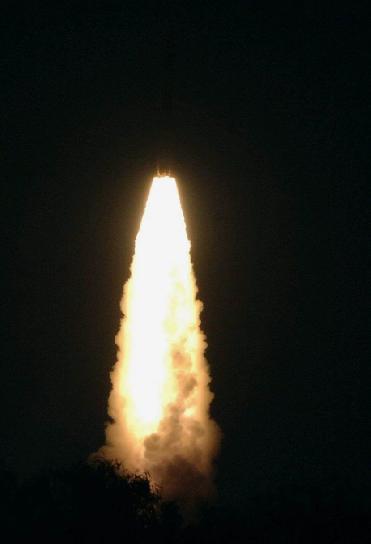
Chandrayaan -1 was successfully launched on Wednesday. PTI photo
LONDON (PTI): A British scientist, who designed a camera onboard Chandrayaan-1 that will take X-ray images of the Moon's surface, hopes that India's maiden unmanned lunar mission will answer two tantalising questions: Where did the Moon come from? And could it ever sustain human life? �After the Apollo landings, people thought they knew a fair bit about the Moon - they'd seen people walking around up there,� Manuel Grande, the lunar scientist from Aberystwyth University told 'The Times'.
�But the more they looked at the results in detail, people realised the things we don't understand -- like where it came from, or the possible existence of water,� he said.
Professor Grande's machine will take images of the entire Moon, analysing its glow to detect the presence of six key elements - iron, titanium, calcium, magnesium, silicon and aluminium.
He hoped that the results would help to solve the riddle of whether the Moon is an alien body that collided with the Earth, or is part of the Earth that was broken off after a collision with another body.
The United States' Apollo missions landed on the Moon six times between 1969 and 1972, but always explored the same area - on the near side and on its equator - to ease the return to Earth.
The Chandrayaan's findings might soon help to support human life on the Moon-- for example, at a manned base that NASA is planning to build.
�I don't expect there to be an independent republic of the Moon in my lifetime,� he said. �But I do think there may be more and more manned bases on the Moon in the next 20-30 years,� Professor Grande said.
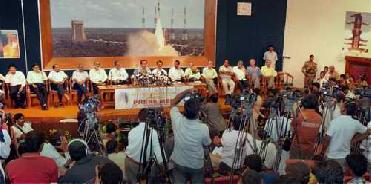 Previous Article
Previous Article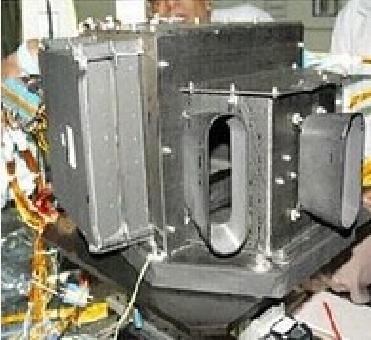
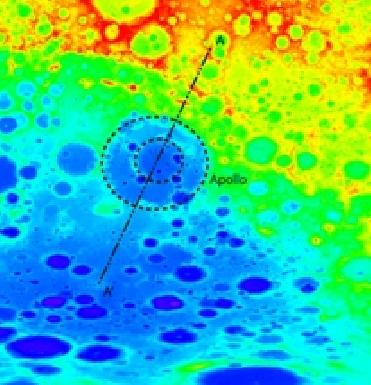
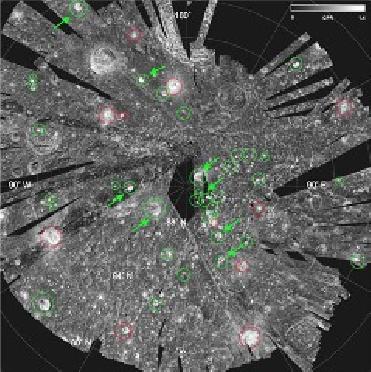
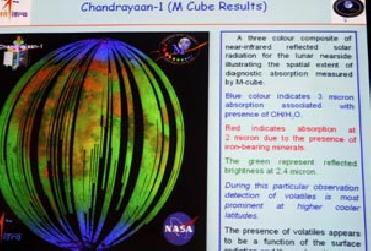










The Indian Air Force, in its flight trials evaluation report submitted before the Defence Ministry l..
view articleAn insight into the Medium Multi-Role Combat Aircraft competition...
view articleSky enthusiasts can now spot the International Space Station (ISS) commanded by Indian-American astr..
view article